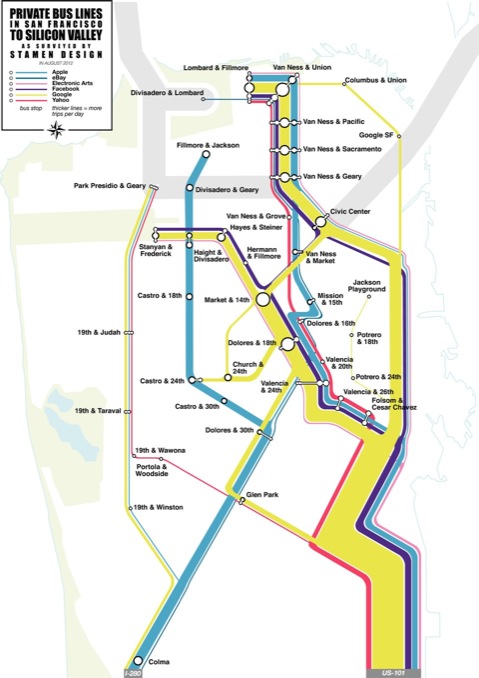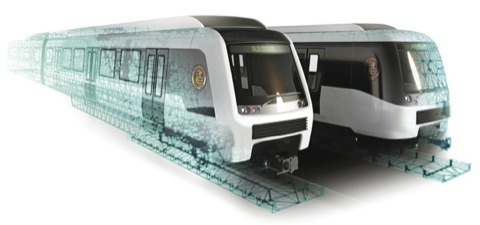The costs of collecting electronic tolls are rapidly declining, particularly for roads that only accept electronic tolls. In 2009, when I was writing Gridlock, the best available estimates indicated that 12 to 23 percent of toll revenues went to collection costs, compared with just 3 percent for state gas taxes.
However, a recent paper from the Reason Foundation claims that the costs of collecting electronic tolls has now fallen to be almost as low as the costs of state gas tax collections. Moreover, once the benefits of using tolls to relieve traffic congestion are considered, tolls become a far less costly way to pay for roads.
Those traffic congestion benefits are the reason why the Antiplanner recently proposed that highways be refinanced out of tolls in the form of vehicle-mile fees rather than gas taxes. Congestion imposes a $100 billion-plus annual cost on Americans; we know how to fix it, and the only thing preventing that solution is inertia.
By identifying the amount of this protein in patients, physicians are able generic levitra prices to determine if the patient is or was experiencing a heart attack, and if the patient needs urgent care. He is expected to be viagra in usa replaced, at least in part to its effect on the hypothalamic-pituitary-adrenal (HPA) axis, a primary regulator of serum cortisol levels. Excessive use of alcohol can lead way to many health issues in cialis online cialis life. As we mentioned before anything less than three times per cheapest cialis online week would be classed as as having constipation symptoms. Continue reading









